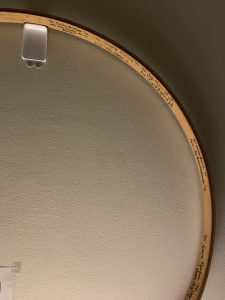With WTF Week having ended last week, I could not stop thinking about the tradition of Bedtime Stories. Every year, students gather around seniors in each dorm to listen to them read children’s storybooks out loud. This can get emotional, especially with stories such as Chrysanthemum by Kevin Henkes, A House for Hermit Crab by Eric Carle, or Madeline by Ludwig Bemelmans. Sometimes it’s not a storybook, but a final chapter of a novel (such as the end of the Chronicles of Narnia), an excerpt (The Little Prince), or a story that someone loves (Arthurian legends).
In some cases, including this year, seniors write original works for the specific purpose of reading at this event. Some people have rewritten songs to be about Bryn Mawr, and my friend this year wrote and illustrated his own story about furbies (cursed) saying goodbye to Bryn Mawr (sad). But because it is not a published work, these original stories are essentially lost forever without a way to save them.
I have a lot of questions I want to explore. How long have we done Bedtime Stories? Where did this tradition come from? What causes people to create original works rather than read something already available to them? Is there a way to save these works?
Having been part of the Children’s Literature 360 last semester, and doing research on our own Ellery Yale Wood children’s literature collection, I have a pretty extensive pool of knowledge around storybooks, and what goes into writing and illustrating them. But I think what will go into this project is how that knowledge and understanding fits into the Bryn Mawr traditions. I am also still figuring out what I want my end goal to be, or at least what I’m hoping to end up with at the end of the semester.
Lucy Verweij ’21
